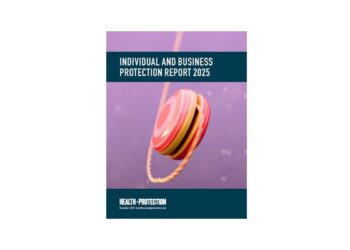Advisers properly understanding their cost to serve customers is going to be fundamental coming out of the Financial Conduct Authority’s (FCA) pure protection market study.
Kicking off Health & Protection’s Protection Forum 2025 at Ham Yard Hotel in London this morning, Samantha Jones, director at PwC (pictured right), told delegates that cost to serve – an analytical framework used by companies to understand the cost of fulfilling demand for a product or service for a customer – is fundamental to the regulator’s market study.
And Jones added the biggest single challenge firms are facing is they have not been able to articulate how the commission is fair when you take into account the cost to serve.
“We’ve already discussed that commission is likely to be a focus,” said Samantha Jones, director at PwC.
“One particular area of focus is going to be whether the upfront commission structures incentivise behaviours in the market that might not be in a customer’s interests.
“Linked to that you’re probably going to need to be able to provide data around your rates of movement. So how often are people moving products?
“And also understanding actually how your structures work and how the incentivisation works in your business.”
But in terms of looking at the fair value component of the study from a market level perspective, Jones maintained cost to serve element is fundamental.
“I’ve worked a lot with intermediaries and insurers and I think is where the industry tends to be weakest in how it presents it data and how it has access to it data,” Jones continued.
“We’ve seen the FCA request direct and indirect costs by product in these kinds of review recently so again, just understanding what your costs bases, but also looking and understanding are these reasonable?
“Because it’s art not science as I’m sure many of you who have worked on your cost to serve models will know.”






